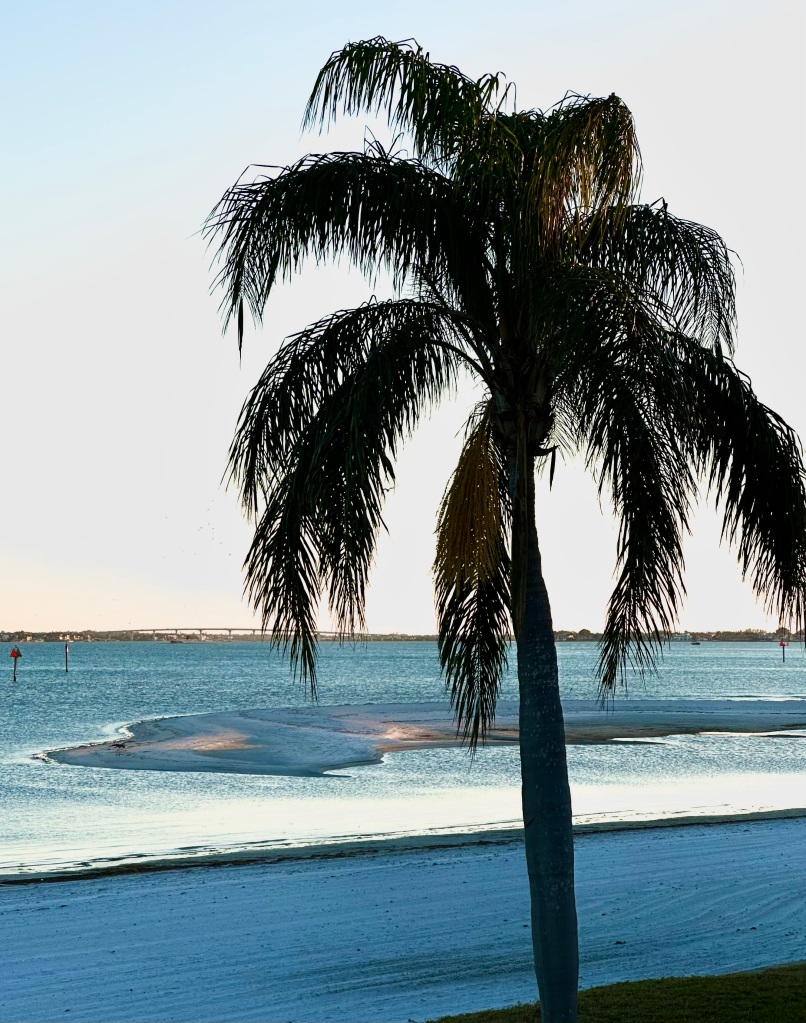
The weather report rarely gets it right. That’s fine as long as you have a quiver of options that cross conditions as easily as switching a paddle for a wing. This winter we have been staying at a condo with a weather-report worthy view right from the living room window. From checking the wind on the water, the pace of sailboats in the distance or the rippling roll of dolphin on mirror calm, we predict the day’s weather ourselves. Except for torrential rain or lightning, we always have fun options on the water.
It’s tough to beat a paddle when the glassy calm water is so enticing you could stay out all day. My favorite times include the early morning paddles watching the dolphin feed and play. Other times, crossing a wide bay and coming upon a lonely little island with a lone tree and a sandy beach is the treasure. Discovering a cove sparkling with crystal clear water just a stone’s throw from touristy civilization is serenity at its best.



Then there are those days when you head out for a paddle and the wind is kicking up side chop and gusts that blast forward progress to a slow crawl? Those are the days that eventually inspired me to research the Starboard FreeWing AIR. After consulting with the team at Big Winds in Hood River, I gifted myself a fine trio of wings and opened up a challenging learning situation – and a ton of fun! Now, whether I end up with a paddle in my hand or a wing leashed to my wrist I am ready for good times on the water.
I started out with some instincts about how to move across the water with wind power from various experiences under sail – from big boats to playful little Hobie cats to windsurfing fun. Moving under wing-power is not a direct translation from a sail, but wind awareness does help. When I took my first lesson in Hood River, OR, I wasn’t totally inept.


Over time I have learned to toss more than one wing in the car. It’s brutal to underestimate the wind and head out knowing you’re over powered and in for a killer adventure. If the wind settles more than expected it’s always nice to be able to size up a level and get the speed and ride that’s adrenaline-laced enough. I have a LOT of skill development to go, but that’s half the fun of picking up a new sport.
I am looking my 75th birthday in the eye in a couple of months – maybe this time the gift should be a couple more lessons!
































